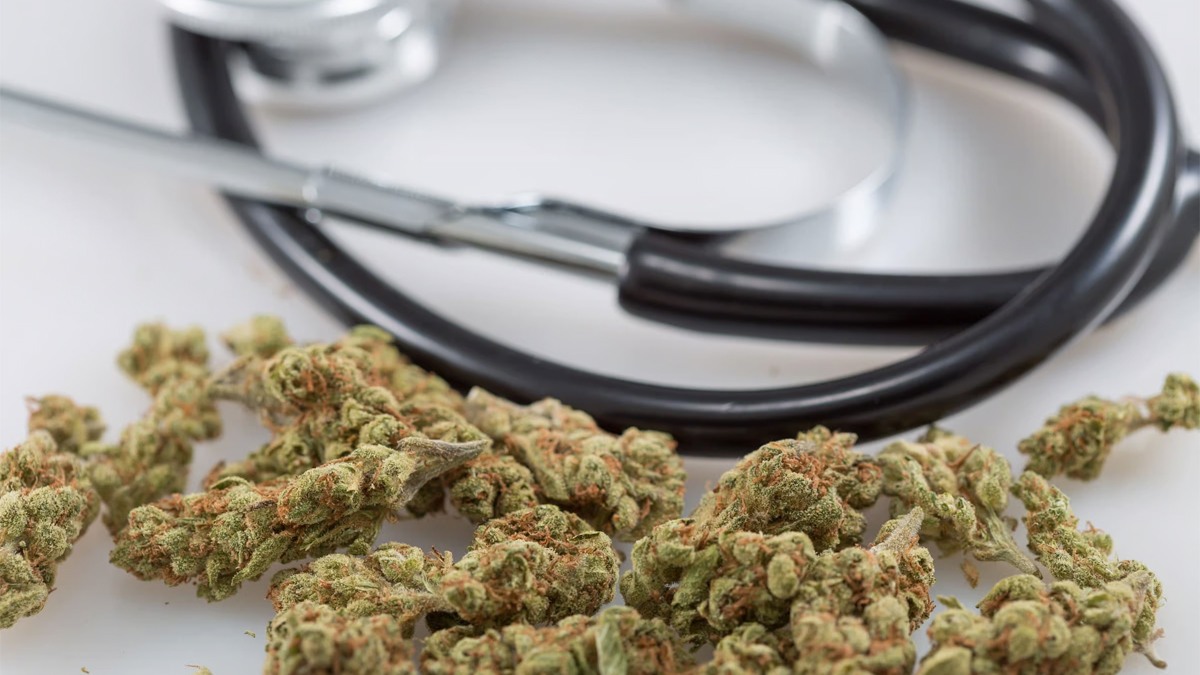This story was first published by Maryland Matters.
“The growing cannabis industry holds immense potential for economic growth for Maryland.”
By Bryan P. Sears, Maryland Matters
Cannabis taxes paid to the state of Maryland for the first three months of 2024 grew by less than 1 percent even as collections fluctuated sharply on a regional basis.
Maryland collected nearly $14.7 million in taxes on sales of recreational cannabis in the first quarter of this year, an increase of less than 0.7 percent compared to the fourth quarter of 2023, according to the Office of the Comptroller. The data released Wednesday is just the third quarterly report since July 1, 2023, when Maryland residents 21 and older could legally purchase cannabis for recreational use.
“The growing cannabis industry holds immense potential for economic growth for Maryland.” Comptroller Brooke Lierman said in a statement. “Reinvesting the revenue from adult-use cannabis sales into communities that were damaged by misguided policies allows us to further create a more equitable, resilient, and prosperous future for all Marylanders.”
Maryland imposes a 9 percent sales tax on recreational cannabis products. There is no sales tax on medical purchases.
The Maryland Cannabis Administration divides the state into five regions—Capital, Central, Eastern, Southern and Western.
Currently, there are 96 dispensaries spread across the state’s 23 counties and Baltimore City. A comptroller’s spokesperson declined to release county-by-county tax collection data Thursday, saying that doing so could potentially lead to the identification of individual businesses and violate tax privacy laws.
Tax collections in some regions have fluctuated over the first nine months of recreational sales. Officials in the comptroller’s office and the cannabis administration could not immediately account for the variances.
The Capital Region, comprising the two most populous counties in Maryland—Montgomery and Prince George’s—accounted for more than $6.7 million in taxes, a 76 percent increase over the previous quarter. The amount represented 46 percent of all cannabis taxes collected in the first three months of the year, the first time the region has led the state in cannabis taxes remitted.
The $3.7 million remitted by shops in the Central Region, meanwhile, was a drop of nearly 44 percent from the previous quarter. The region comprises Baltimore City and Anne Arundel, Baltimore, Carroll, Harford and Howard counties.
In the Eastern Region, which includes nine Eastern Shore counties stretching from Cecil to Worcester, sales tax collection grew to nearly $1.6 million. That is 15 percent more than in the previous three months, and it marks the second consecutive quarter of increased collections for the region.
Sales tax collections in the Western Region grew by more than 29 percent quarter over quarter. It was also the second consecutive quarter of growth for that region, which includes Allegany, Garrett, Frederick and Washington counties.
The Southern Region remitted $618,218, a decrease of more than 40 percent over the last three months of 2023. The amount is also lower than the more than $760,000 collected in the first three months of legal recreational sales. The region includes Calvert, Charles and St. Mary’s counties.
Taxes from the sales of recreational cannabis are divided among the counties, the state and the Maryland Cannabis Administration, which got nearly $2.8 million in this quarter. The rest of the money is divided between jurisdictions.
Areas disproportionately impacted by the enforcement of cannabis prohibition laws prior to last July receive 35 percent of the taxes collected each quarter, after the administration takes its cut. That fund will receive nearly $4.2 million from collections in the first quarter.
Five percent of the total tax collected in a quarter is earmarked for the state’s 24 major political subdivisions. This quarter the counties and Baltimore City will split more than $593,000. The split is based on the percentage of taxes collected by each jurisdiction. Those jurisdictions then share 50% of their respective cut with municipalities that have cannabis dispensaries that contributed to the sales and use tax collection.
Another 5 percent goes to a fund to help address health effects of recreational cannabis use.
A fund established to help small, minority-owned, and women-owned businesses enter the adult-use cannabis industry also receives 5 percent. That earmark continues through fiscal 2028.
The state receives the balance. More than $5.9 million in taxes collected in the first three months of the year will go directly to the general fund, according to the comptroller’s office.
Marijuana Moment via (https://www.marijuanamoment.net/maryland-collected-nearly-15-million-in-marijuana-sales-tax-revenue-for-first-quarter-of-2024/)
Keep out of reach of children. For use only by adults 21 years of age and older.










